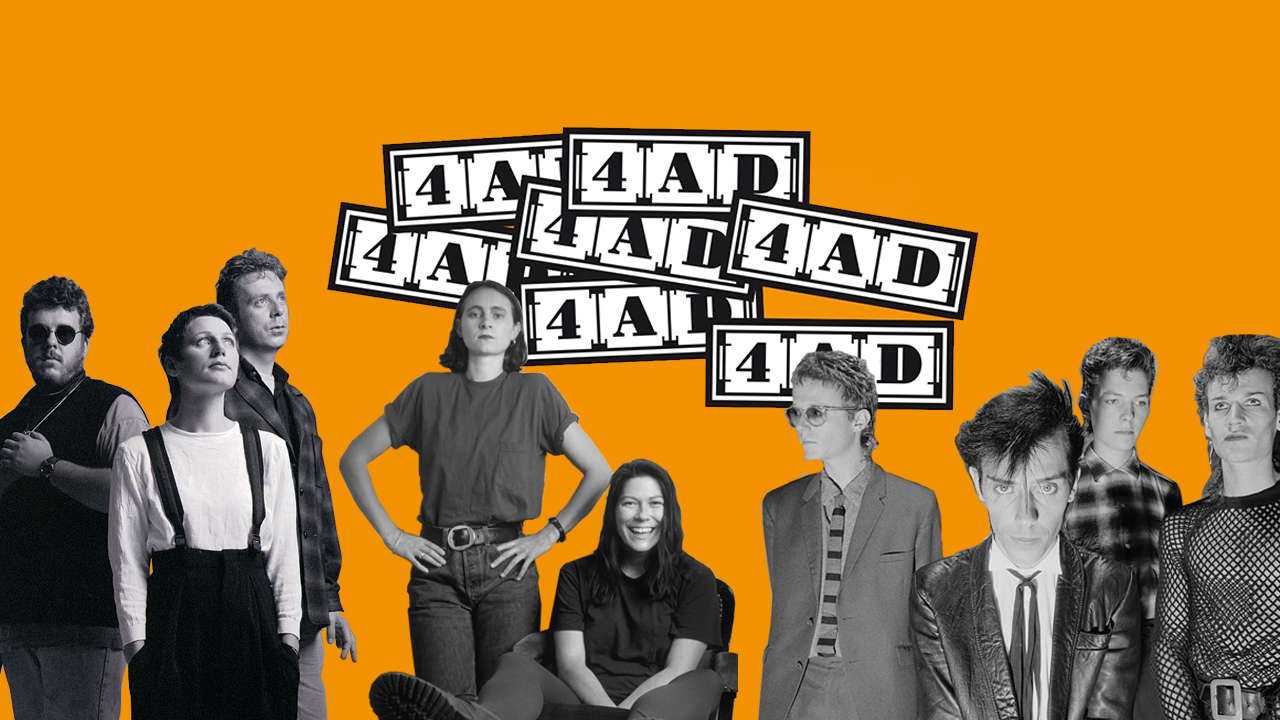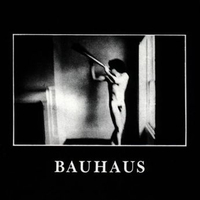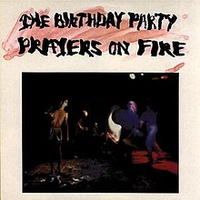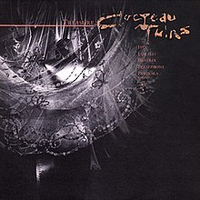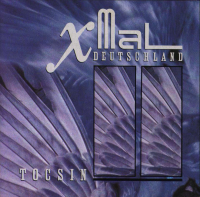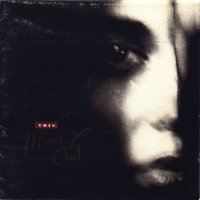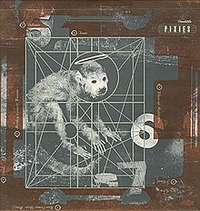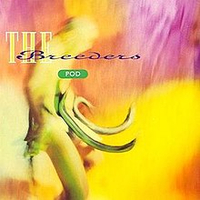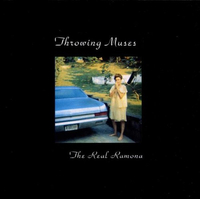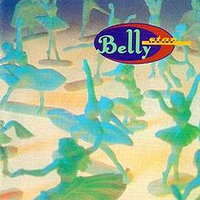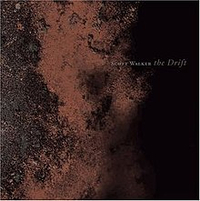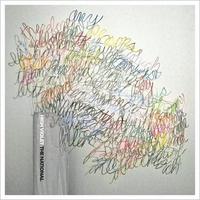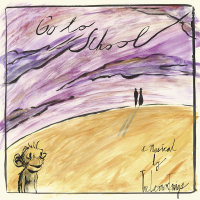Once mocked as being the home of po-faced goth and hifalutin airs and graces, 4AD has survived as a national treasure and an international measure of class.
Arguably as influential as any classic indie label – only Rough Trade, Mute and the deceased Factory match its status as a brand name – 4AD began, fittingly, in 1980, heralding a new decade. Punk had shaken things up; now we were receptive to new ideas. Adventurous artiness was welcome as long as you remembered not to call it prog.
Beggars Banquet allowed co-founders Ivo Watts-Russell and Peter Kent to launch the 4AD imprint with a budget of two grand. The name – adapted from a flyer saying 1980 Forward – meant nothing. Now, of course, it means plenty.
Bauhaus got the dreams and dark entries rolling, but the association with goth was accidental. Ivo’s “light-bulb moment” had been seeing Jimi Hendrix on Top Of The Pops. After getting into Pink Floyd, Cream, and Caravan he felt he had “found [his] purpose”. “At that point in my life I was convinced the counter-culture was going to change the entire universe”, he told me. Vaughan Oliver and 23 Envelope’s artwork captured a generation’s imagination as effectively as Roger Dean’s had in a previous decade.
“Don’t go waving your pretentious love”, advised Bauhaus in 1980. “It’s a terrible love and I’m walking with spiders”, explained The National in 2010. On 4AD, there has been every kind of love. The label has carried us head over heels through four decades, from the archetypal Cocteau Twins single Pearly-Dewdrops’ Drops to the atypical Pump Up The Volume from MARRS, through the US-infused phase of Pixies' Gigantic and an uneasy realignment period after Ivo’s departure, to its current robust and bright-eyed 21st century condition.
Here are a dozen delights to join the dots of its constellation.

